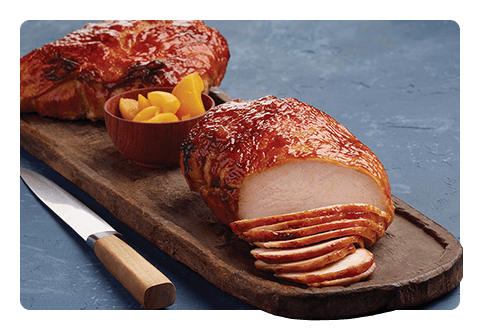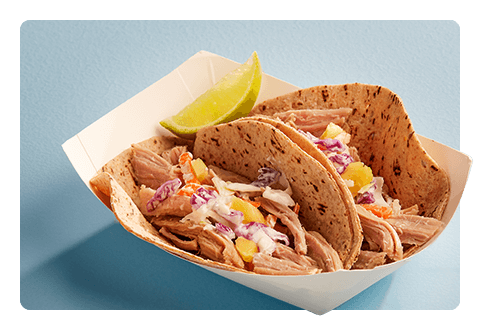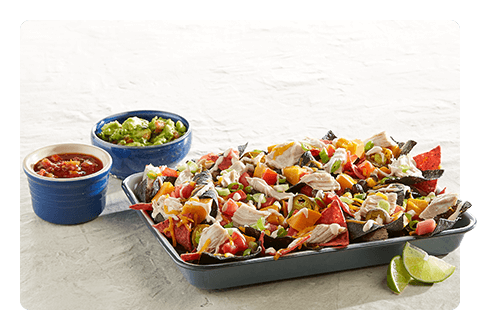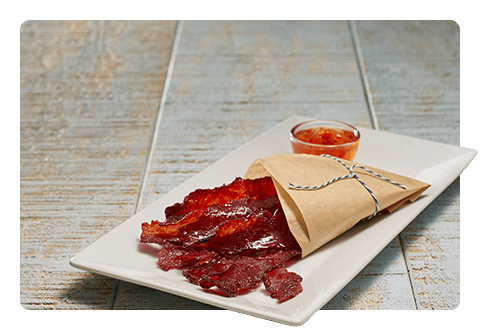How to Make Hot Pots Your Own
Hot pots are part of the Chinese food craze growing in the U.S., and hot pot restaurants are popping up across the country as consumers become more interested in the cuisine.
This trend gives operators opportunities for customization. Here are some basics to know about hot pots:
- They offer a make-it-yourself experience. Restaurant goers cook vegetables and proteins to their preferences in a simmering broth.
- Diners typically enjoy the cooked ingredients with a variety of dipping sauces, then pour the remaining broth over rice and eat that last.
- Hot pots create unique dining memories. The communal element of cooking together makes for a social experience.
- It’s easy to tailor the flavors of hot pots to any palate. In China, hot pots vary from region to region—they can be seafood based, like those from the province of Guangdong; contain the sour flavors of Guizhou; or give a Sichuan-style numbing and spicy zing, referred to as “ma la” in China.
- Turkey makes for an easy addition to a hot pot. It’s a versatile protein that pairs well with global flavors. It also works with many sauces, which are an integral finish to the cooked foods.
Because hot pots vary in flavor and ingredients, they’re an ideal customizable dish. The hot pot can be altered to fit any menu, whether it inspires a Mexican-styled, or vegetarian modification. By doing so, chefs can provide both new flavors and new experiences for diners to enjoy.
Have you introduced hot pots to your operation? Share your experiences with us on Facebook and LinkedIn. For more ideas to use in your operation, check out our Tips page.
SOURCES
Baum+Whiteman’s 13 Hottest Food & Beverage Trends in Restaurant & Hotel Dining for 2019, Baum+Whiteman, October 2018.
Ho, Soleil. Everything You Need to Know to Master Hot Pot, Thrillist, July 2018.
McCarthy, Simone. Debate on home of hotpot stirs heated national argument, South China Morning Post, September 2018.
























